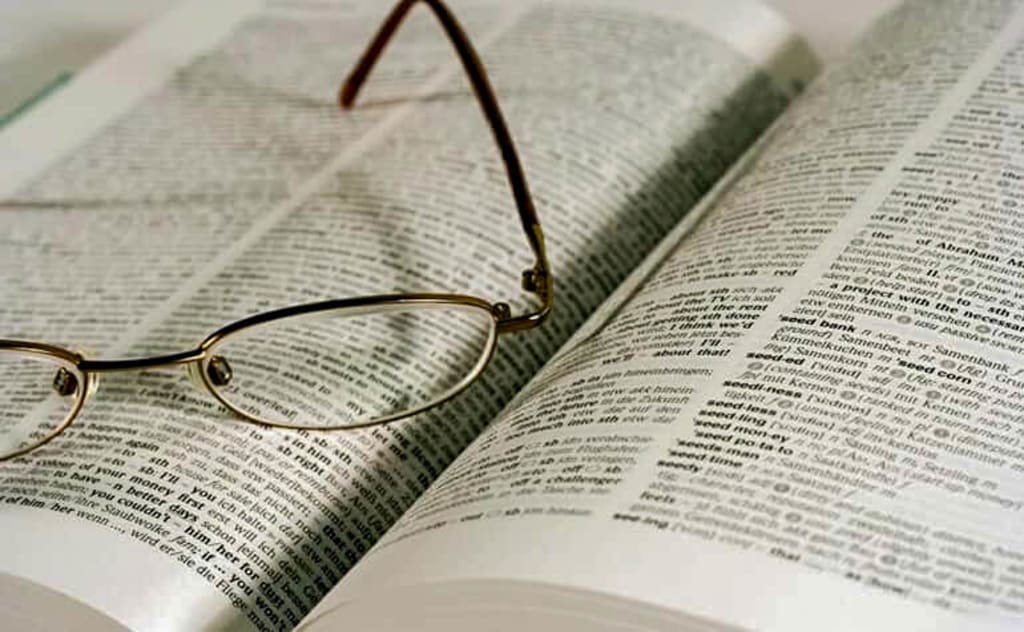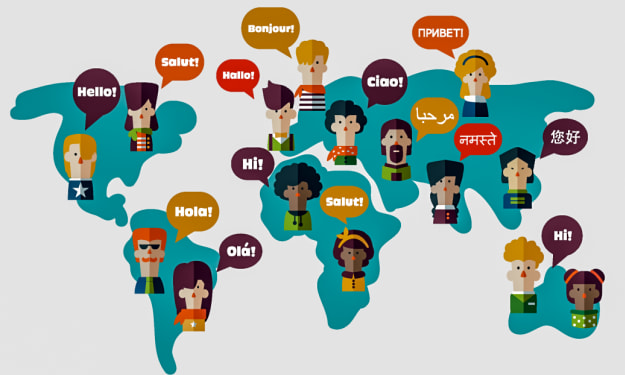Preserving Voices of the Past:
Language Documentation and the Conservation of Endangered Languages

Introduction:
Language documentation is a vital endeavor aimed at preserving the linguistic diversity of our world by recording, analyzing, and archiving endangered languages. In this article, we delve into the crucial role of language documentation in safeguarding the voices of the past and ensuring the survival of endangered languages for future generations. From remote indigenous communities to urban diaspora, we explore the challenges, methods, and significance of documenting and preserving linguistic heritage.
Understanding Language Documentation:
Language documentation involves the systematic recording and analysis of linguistic data, including sounds, words, grammar, and discourse, from speakers of endangered languages. The goal of language documentation is to create comprehensive records of endangered languages that can serve as valuable resources for linguistic research, language revitalization efforts, and cultural preservation.
Endangered languages are those at risk of extinction due to factors such as language shift, cultural assimilation, and globalization. Many endangered languages are spoken by small, marginalized communities with limited access to resources and opportunities for language preservation.
Challenges in Language Documentation:
Language documentation faces numerous challenges, including:
Access and Consent: Accessing speakers of endangered languages and obtaining informed consent for language documentation can be challenging, particularly in remote or politically sensitive regions where linguistic and cultural rights may be at risk.
Ethical Considerations: Language documentation raises ethical considerations related to the representation and representation of linguistic and cultural diversity, ensuring that documentation efforts respect the rights, wishes, and interests of language communities.
Technological Limitations: Language documentation relies on technology for recording, transcription, and analysis, yet many endangered language communities lack access to the necessary equipment, software, and training for effective documentation.
Sustainability: Language documentation efforts must be sustainable and inclusive, involving collaboration with language communities, local stakeholders, and academic researchers to ensure the long-term viability and impact of documentation initiatives.
Methods of Language Documentation:
Language documentation employs a variety of methods and techniques to capture and analyze linguistic data, including:
Fieldwork: Fieldwork involves conducting interviews, elicitation sessions, and language documentation workshops with speakers of endangered languages in their natural environment. Field linguists record audio and video samples, collect texts and language materials, and engage with speakers to document linguistic features and cultural practices.
Linguistic Analysis: Linguistic analysis involves transcribing, analyzing, and annotating linguistic data using specialized software and tools. Linguists analyze phonetic, phonological, morphological, syntactic, and semantic features of endangered languages to document their structural properties and typological characteristics.
Community Engagement: Community engagement is essential for language documentation, as it fosters collaboration, trust, and reciprocity between linguists and language communities. Engaging with speakers as active partners in the documentation process ensures that documentation efforts are culturally sensitive, linguistically accurate, and ethically responsible.
Significance of Language Documentation:
Language documentation has profound significance for linguistic research, cultural preservation, and language revitalization efforts. By creating comprehensive records of endangered languages, language documentation:
Preserves linguistic diversity: Language documentation ensures that the voices and cultural heritage of endangered language communities are preserved for future generations, fostering a greater appreciation for linguistic diversity and cultural expression.
Supports linguistic research: Language documentation provides valuable data for linguistic research, enabling scholars to study language structure, language contact, and language change, as well as to develop linguistic theories and models.
Facilitates language revitalization: Language documentation serves as a foundation for language revitalization efforts, providing language communities with resources, materials, and documentation tools to support language teaching, literacy, and revitalization initiatives.
Conclusion:
Language documentation is a vital undertaking that contributes to the preservation and revitalization of endangered languages, ensuring that the voices and cultural heritage of language communities are preserved for future generations. By documenting endangered languages, linguists, researchers, and community members can work together to safeguard linguistic diversity, promote cultural preservation, and support language revitalization efforts around the world.
As custodians of linguistic heritage, we have a responsibility to engage with and support endangered language communities in their efforts to document, preserve, and revitalize their languages. By valuing and celebrating linguistic diversity, we can create a more inclusive and equitable world where all voices are heard, respected, and preserved for generations to come.
About the Creator
Mohamed Ali
Mohamed Ali is a passionate writer and researcher with a keen interest in exploring the complexities of human behavior and society through the lens of sociology. With a background in sociology and psychology.
Enjoyed the story? Support the Creator.
Subscribe for free to receive all their stories in your feed. You could also pledge your support or give them a one-off tip, letting them know you appreciate their work.






Comments
There are no comments for this story
Be the first to respond and start the conversation.